PHOTOS: The World War II-Era German Military Base That Was Occupied By the Soviets
In the forests of Germany, the Wehrmacht built numerous training areas and temporary living quarters for troops. Most of these structures have been demolished, as they’re no longer needed. While Forst Zinna has also been slated for demolition, the process has been slow going.
A special thanks to Carlo R. of SightRaider for supplying the photos in this article.
Why was Forst Zinna built?
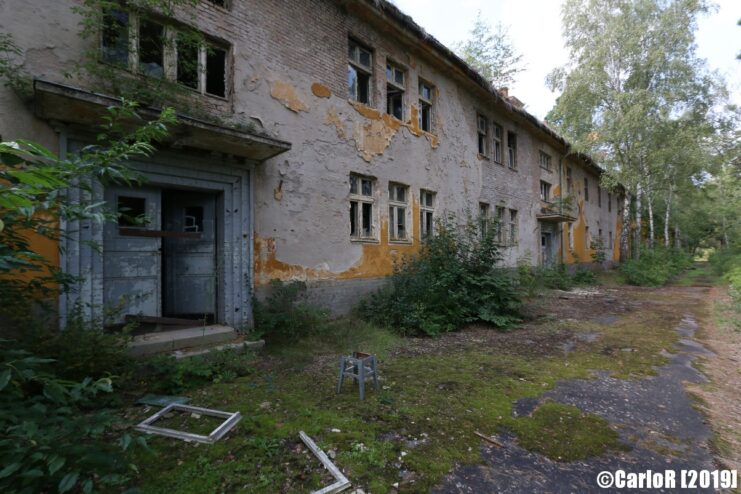
As Carlo R. explains in his 2021 book, Soviet Ghosts in Germany, Forst Zinna was constructed in 1934, in the early days of the National Socialist German Workers’ Party’s reign. It was part of Germany’s rearmament program, and was located just an hour south of Berlin.
Housing Germany’s soldiers
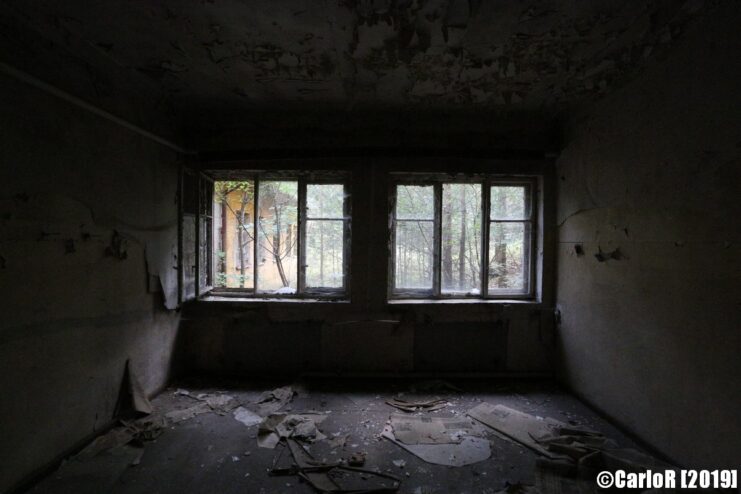
During World War II, Forst Zinna functioned as a military base, comprising numerous multi-story buildings. These included soldiers’ barracks, training rooms, administrative facilities and a prison, among others.
Lager III
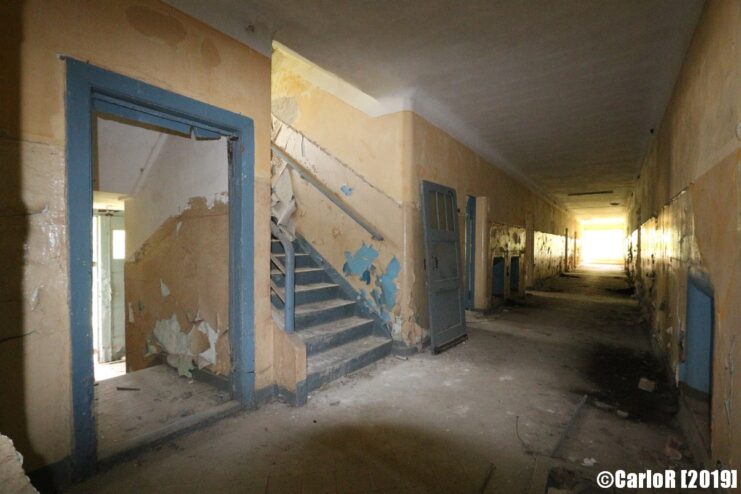
The base, known as Lager III among troops, initially housed SS members. In 1935, it was repurposed as a training camp for the Artillerieschule Jüterbog. Founded in 1867, the school was responsible for training artillery officers.
Changing things up doing World War II
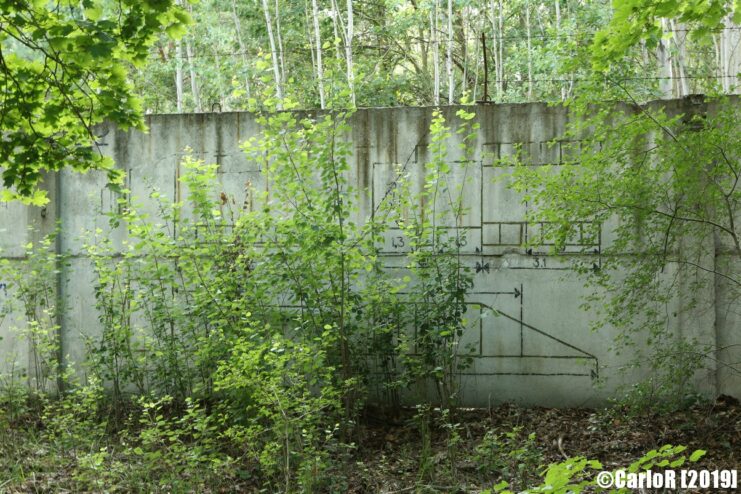
The artillery officers stayed at Forst Zinna for four years, during which a train station was constructed. In the 1940s, they were replaced by staff responsible for training tracked vehicle drivers.
Additionally, a department for the Sturmgeschütz was established.
Housing the RAD Division No. 2 Friedrich Ludwig Jahn
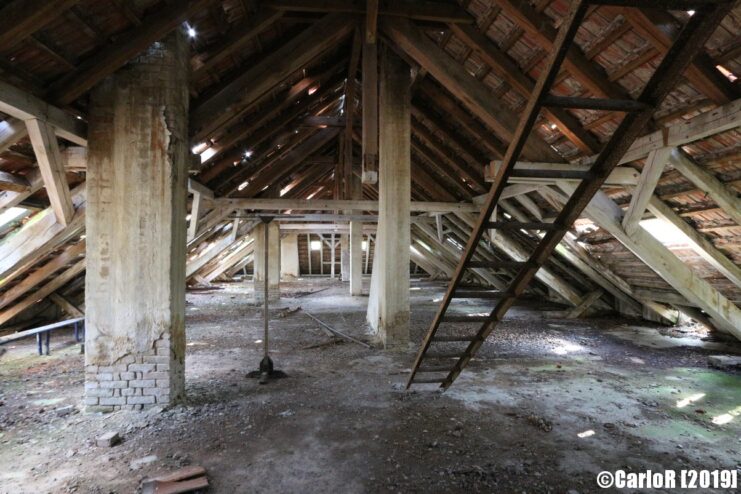
As the Second World War neared its end, Forst Zinna became home to the RAD Division No. 2 Friedrich Ludwig Jahn. Made up of 7,500 RAD members and remnants of the 251. Infanterie-Division, it engaged in combat with the Red Army in April 1945.
The division successfully repelled the Soviets and continued their westward advance, only to surrender to the Americans in May 1945. They were subsequently handed over to the Soviets as prisoners of war (POWs).
Forst Zinna turns into a displaced persons camp
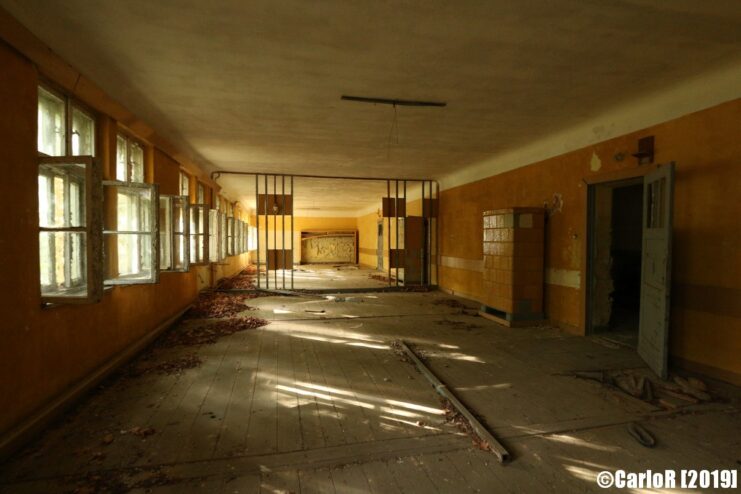
Immediately after World War II, Forst Zinna was repurposed by the Red Army as a displaced persons camp. It housed refugees from Eastern Europe and former concentration camp inmates. Most occupants were held against their will and could only leave through collective transports organized to deport them back to their home countries.
Undergoing another conversion
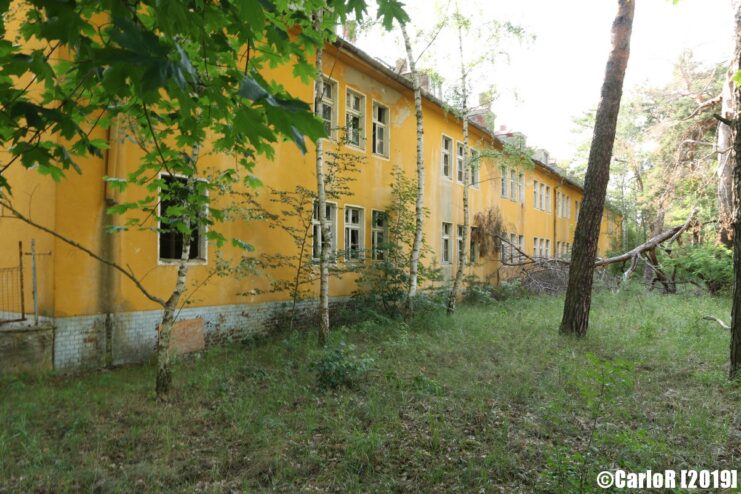
In 1947, Forst Zinna was converted into the Deutsche Verwaltungsakademie (DVA) “Walter Ulbricht” (German Administrative Academy), due to its existing infrastructure.
The Socialist Unity Party of Germany (SED) used some of the buildings to train political elites for the administration of the Soviet occupation zone and the German Democratic Republic (GDR), which was established in 1949.
Revamping Forst Zinna
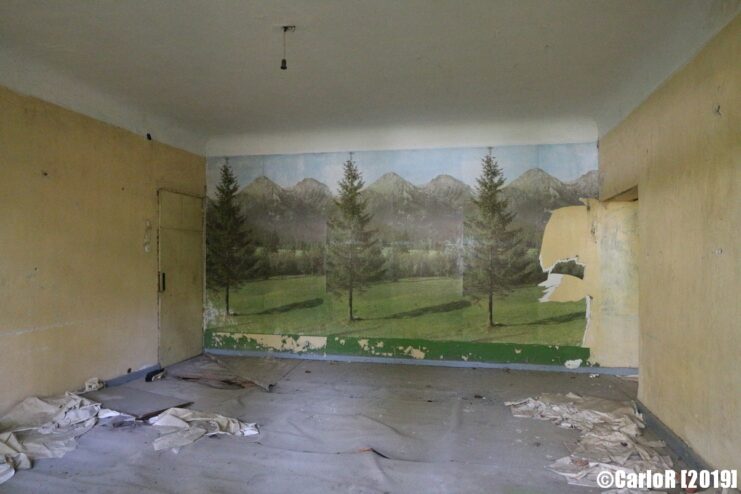
Numerous renowned artists redesigned and expanded Forst Zinna. Yugoslavian architect Selman Selmagagić designed the furniture, while painter Lothar Zitzmann was commissioned to create a mural.
They enhanced the existing structures, which the SED deemed ideal for the German Administrative Academy’s purposes.
Additional changes came in 1953
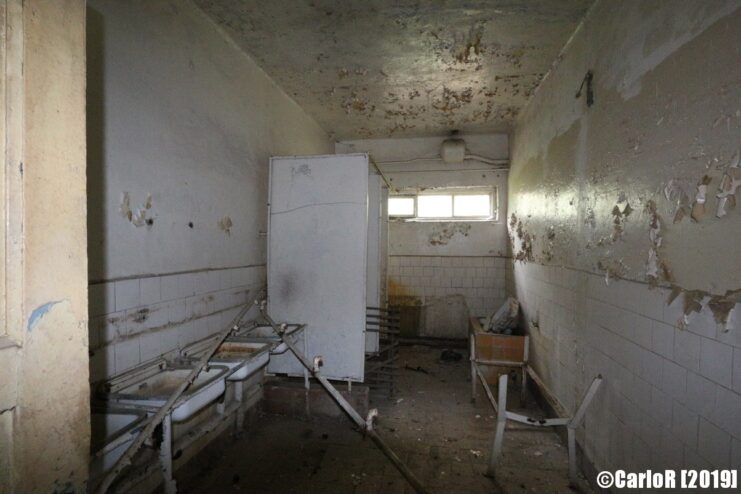
In February 1953, the German Administrative Academy relocated to Potsdam-Babelsberg, where it joined with the Deutschen Hochschule für Justiz (German University for Justice) to establish the Akademie für Staats- und Rechtswissenschaft “Walter Ulbricht” (German Academy for Political Science and Law).
Soviet occupation of Forst Zinna
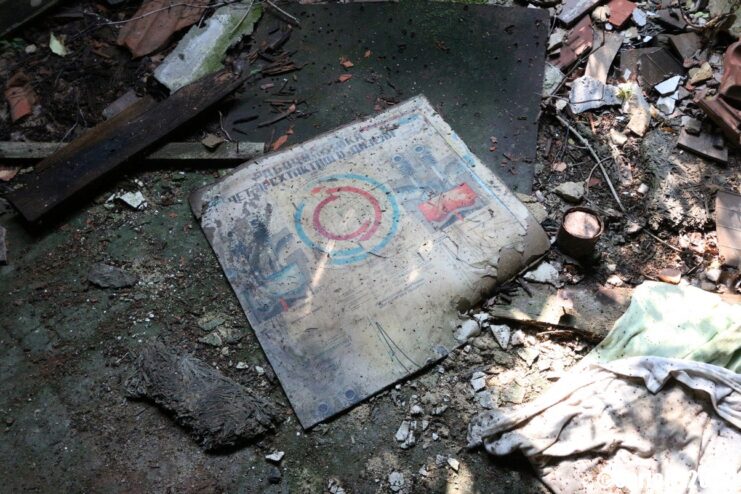
The Soviet Army soon occupied Forst Zinna, with the initial units stationed there being the 18th Guards Tank Army and the 118th Tank Training Regiment.
Making room for a construction battalion
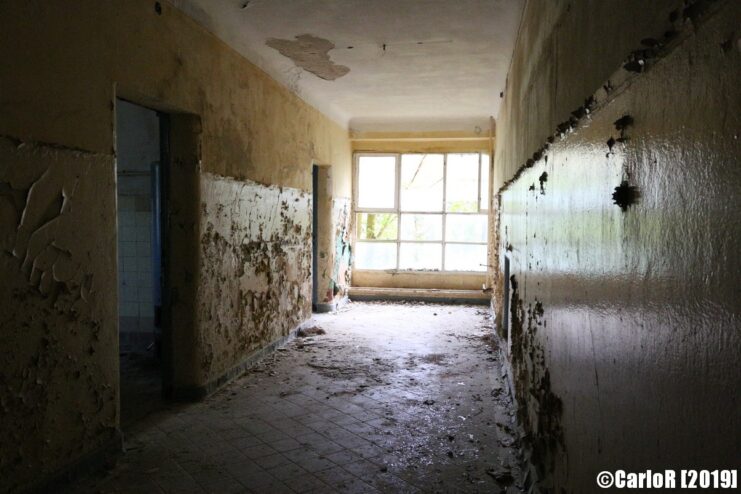
During the 1970s, the base underwent additional expansion efforts to include a brand new facility for a construction battalion. Additionally, the military zone witnessed the birth of new administration buildings, farming facilities, a zoo and a cinema.
Forst Zinna Rail Disaster
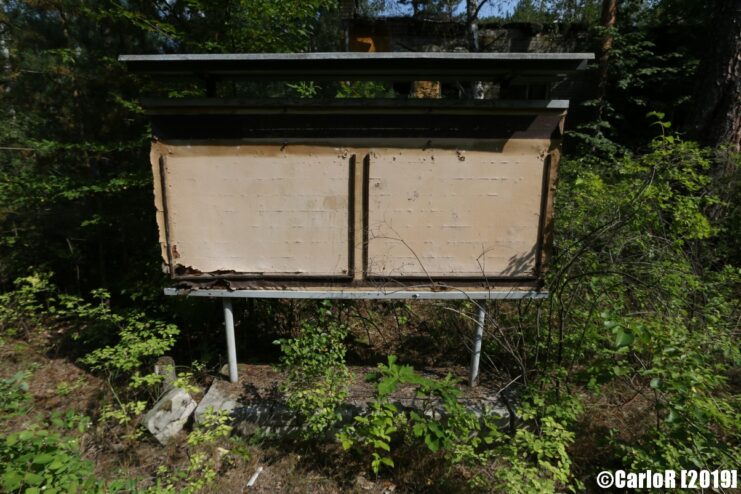
In January 1988, Forst Zinna witnessed one of the most severe railway accidents in the German Democratic Republic’s history. An express train collided with a Soviet tank on the tracks, resulting in six individuals losing their lives and 33 suffering various injuries.
The Soviet Army, which typically used the area for tank training, was subsequently held accountable for the incident.
Occupying the base until the late 1980s
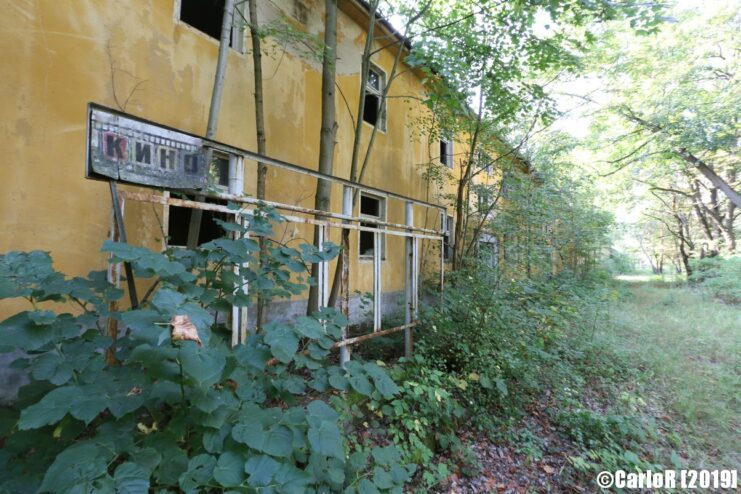
Soviet troops inhabited the area in large numbers until the late 1980s, when the Perestroika policy gained momentum. Gradually, they returned to the Soviet Union and, after the fall of the Berlin Wall, the keys were handed over to the newly-unified Germany.
Demolishing military bases across East Germany
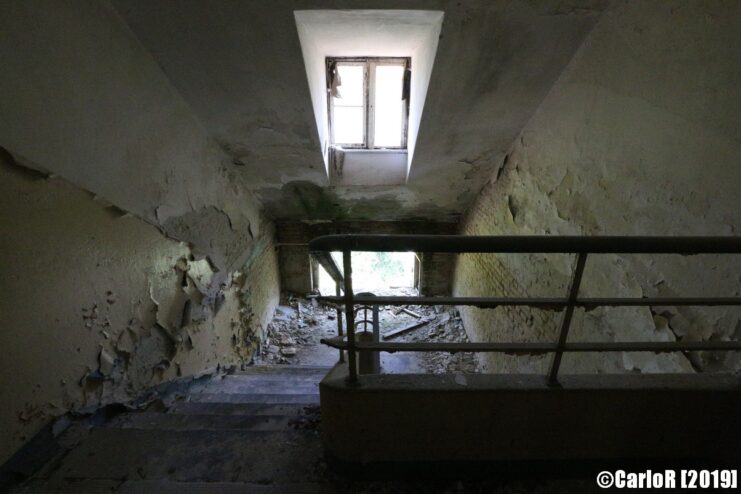
As many other military bases began to return to German hands, the country found itself in control of facilities it no longer had any use for. It was, therefore, decided the majority would be demolished, including Forst Zinna.
Beginning demolition on Forst Zinna
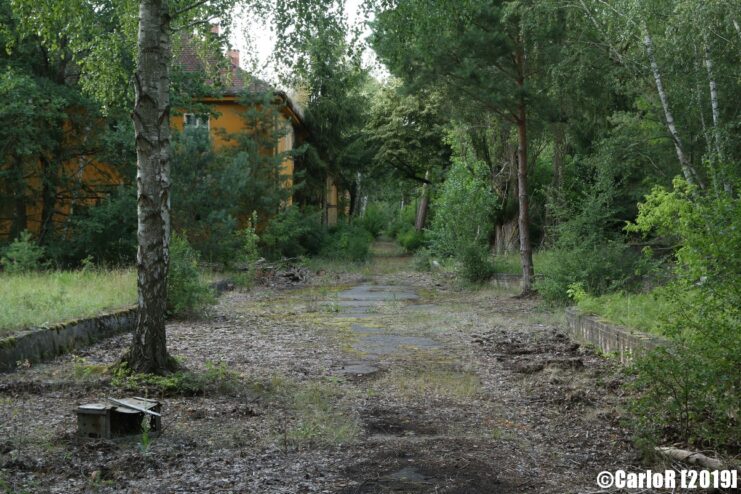
Demolition work at Forst Zinna began in 2007, with the aim of restoring the area to its natural state. However, progress has been slow, to put it lightly. While some structures have been demolished, others have been reclaimed by forest vegetation, indicating a sluggish renaturation process.
The northern section, once home to military vehicles and technical facilities, has been mostly razed to the ground. Only a handful of structures remain, notably the centralized power and hot water supply plant.
What can’t be demolished?
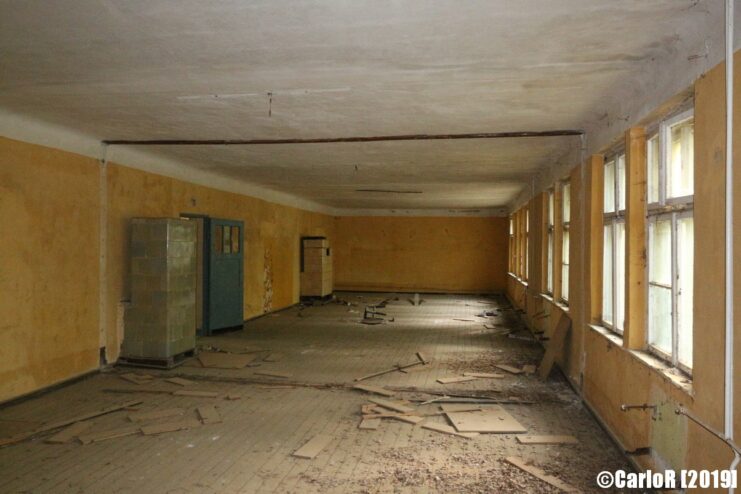
The provisions store built by the Wehrmacht has since been listed, meaning it can’t be demolished. It’s a large area, containing two storage buildings, residences, a gatehouse and a warehouse.
What remains of Forst Zinna?
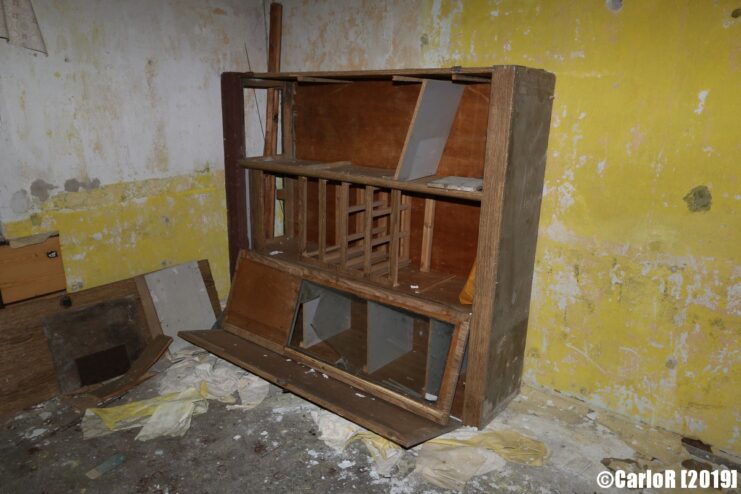
The barracks at Forst Zinna, housing the oldest structures, remain intact and serve as entry points to the base. Among them are newer apartment buildings that were constructed by the Soviets for troops to live in.
They starkly contrast with the smaller, older German buildings located nearby.
Stark reminders of Forst Zinna‘s Soviet occupation
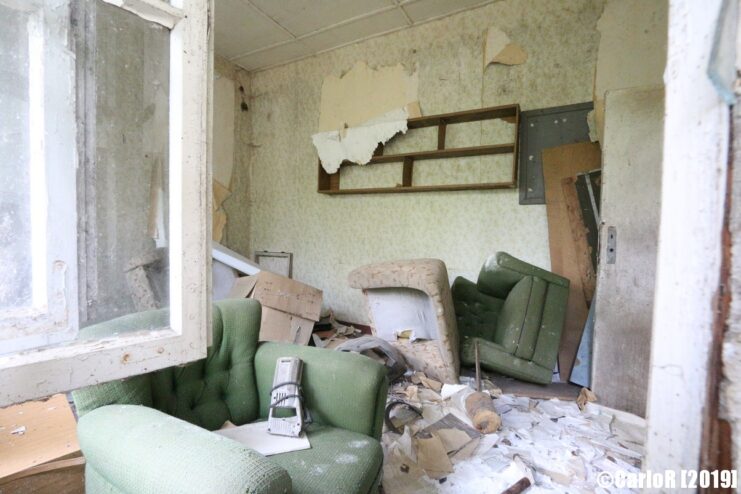
More from us: Bradford Freeman: The Easy Company Mortarman Who Fought His Way Through Occupied Europe
In the northeast corner of Forst Zinna, the most vivid reminders of its former Soviet occupants can be found. A sizeable U-shaped technical building stands, preserving various Soviet memorabilia. Adjacent to it are a swimming pool and a football field adorned with military equipment and Soviet murals.
The post PHOTOS: The World War II-Era German Military Base That Was Occupied By the Soviets appeared first on warhistoryonline.
PHOTOS: The World War II-Era German Military Base That Was Occupied By the Soviets
Philippines Truth
Post a Comment
0 Comments